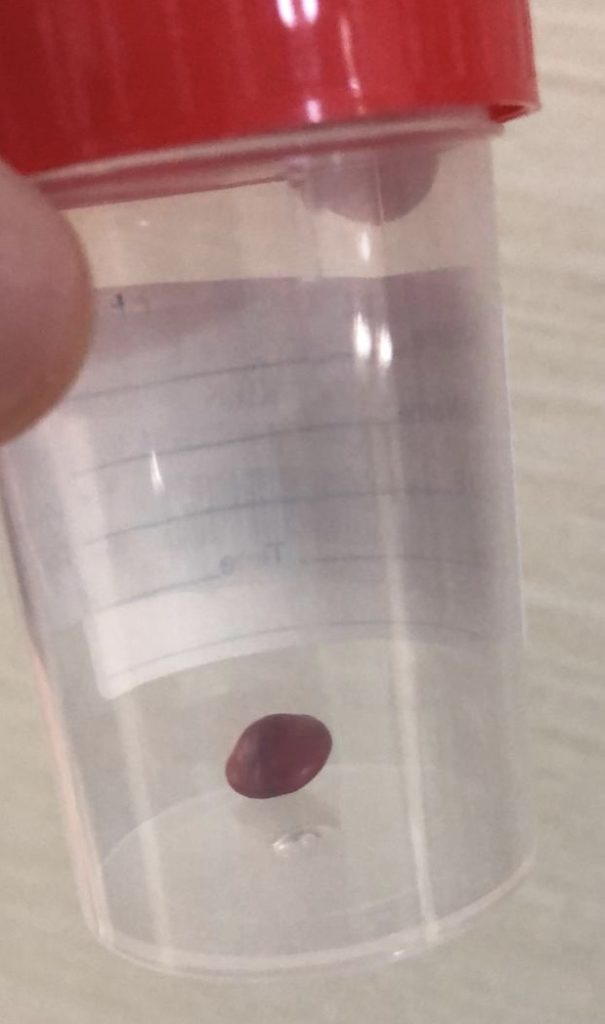Foreign Bodies Stuck up the Nose

We’ve all heard of kids sticking things up their noses and not being able to remove them! As a paediatric ENT specialist who sees many children with ENT problems, I often have to fish out weird and wonderful objects from inside children’s noses. Sometimes, parents have actually seen their child stick something up their nose and then they bring their child to see me, the paediatric ENT specialist, to get the object in the nose removed. But at other times, some parents may not even be aware that their child has inserted a foreign body into their nose, until the child starts to develop a runny nose from that side, which can range from clear nasal discharge to an unpleasant or foul-smelling nasal discharge with nasal infection.
As a children’s ENT specialist, I usually suspect a foreign body stuck up the child’s nose if I find that the discharge seems to be coming from just one nostril or one side of the nose. It’s a foreign body stuck up the nose until proven otherwise! These foreign bodies in the nose can range from beads in the nose, stones in the nose and toy parts in the nose, to seeds and nuts stuck up the nose. It’s a bit trickier to remove organic material like seeds and nuts, because the mucus secretions of the nose may make the seed or nut swell up, making it harder to remove in clinic.We do try our very best to remove the foreign object in the nose in clinic, with the cooperation of the parents but sometimes, especially when the child is already rather upset, it is safer and kinder to put the child to sleep with a short period of sedation to easily remove the foreign body from the nose.
The most dangerous objects to be stuck up the nose are the button batteries because in a matter of 60-90 minutes, the button battery will lead to an increase in pH of the tissue adjacent to the battery, setting up a local electrical circuit. There is also leakage of battery fluid into surrounding soft tissue, resulting in chemical burns, hence causing significant corrosion injury of the delicate nasal lining. This may lead to perforation of the nasal septum (the cartilage dividing the left and right nasal passages) and necrosis (tissue damage) of the nose. The higher the voltage of the battery (3V vs 1.5V), the faster the rate of injury! So if your child puts a button battery up his nose, please recognise that this is an ENT emergency! That button battery needs to be removed as soon as possible so please take your child to the A & E or to see an experienced ENT specialist for children.
Dr Annabelle’s tips for Parents:
- Don’t assume that every battery-powered device is safe for children to handle because the battery may fall out unexpectedly.
- Make sure the battery compartments of all your devices are taped shut if you have young kids at home.
- Always keep your spare loose batteries in a safe place, out of reach of curious little hands.
Share this blog via:


